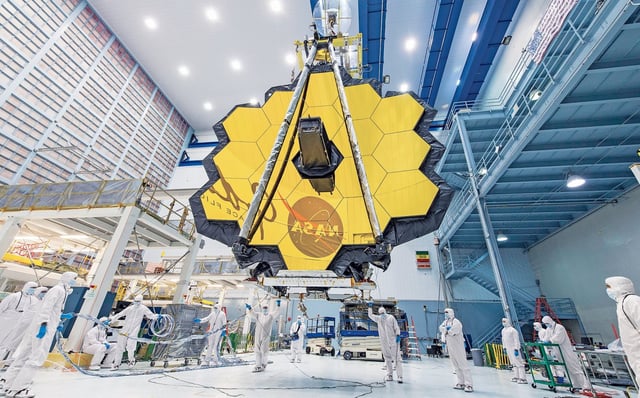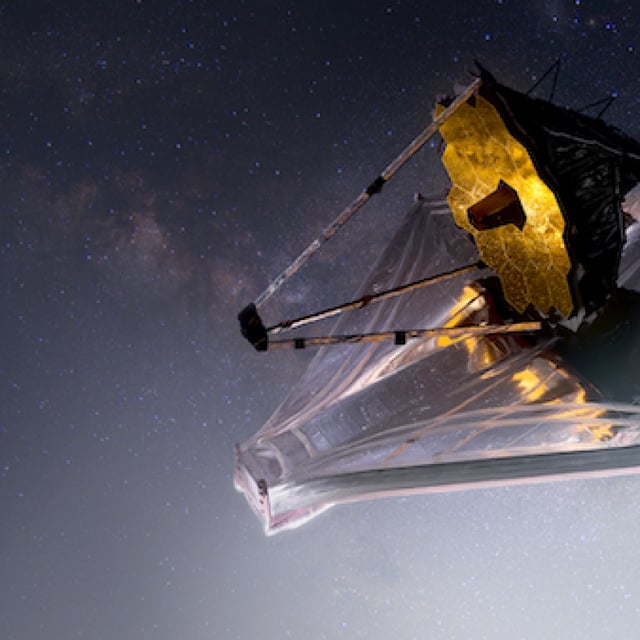Overview
- The James Webb Space Telescope (JWST) directly imaged carbon dioxide in the atmospheres of four gas giants in the HR 8799 system, 130 light-years away.
- The findings provide strong evidence that these planets formed through core accretion, a process similar to Jupiter and Saturn's formation in our solar system.
- Using its coronagraph technology, JWST blocked the bright light of the host star, enabling detailed analysis of faint planetary signals and atmospheric composition.
- The planets, still radiating heat from their recent formation, showed higher-than-expected levels of heavy elements such as carbon, oxygen, and iron.
- These observations pave the way for future studies of exoplanetary systems, offering insights into planetary formation and the potential habitability of Earth-like worlds.



